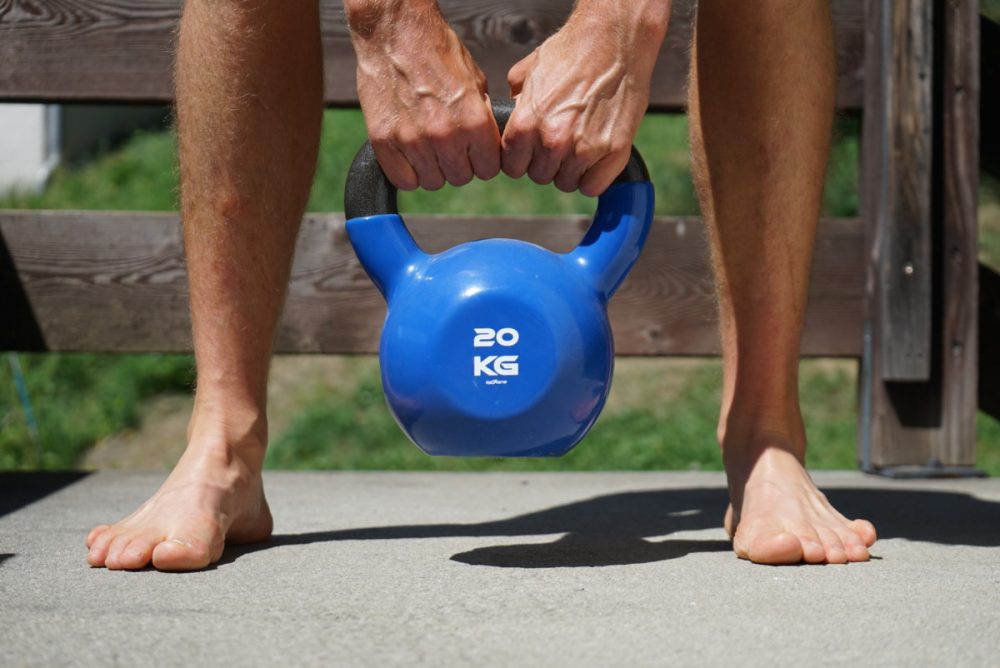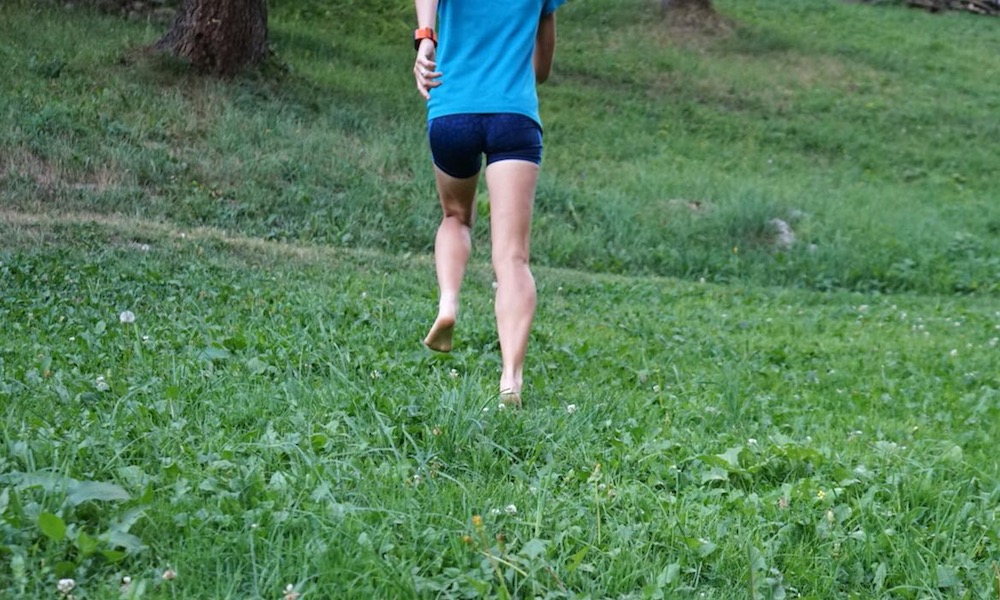
Respected coach, author and lecturer Dr Richard Blagrove shares his top strength and conditioning tips for endurance athletes.
Dr Richard Blagrove is the author of the excellent Strength and Conditioning for Endurance Running, the former director of the UK Strength and Conditioning Association, and the Sport and Exercise Science course leader at Birmingham City University.
As well as coaching Olympic athletes, the strength and conditoning expert’s extensive work with distance runners provided the inspiration for his doctoral research which investigated the utility of strength training in middle and long-distance runners.
Strength and conditioning is an often neglected part of training among many endurance runners, but it doesn’t have to be complicated or scary, and with a bit of discipline can provide a big boost to your performance.
Here are Dr Blagrove’s recommendations on how to improve your running with some additional work.
1) Faster, not bigger
Getting stronger in the gym will make you faster not bigger.
Lifting weights a couple of times per week has been shown to improve time trial performance, running economy and sprint speed without adding any unwanted muscle bulk.
Exercises such as back squats, deadlifts, step-ups and lunges, performed with sound technique, are likely to provide the most benefit.
2) The foam roller is your friend
It is tempting after a hard run to just have a lie down and switch the television on, however, take the time to stretch and foam roll after every run.

It is likely to promote recovery if you include a small amount of static stretching and foam rolling shortly after a run to ensure you maintain your mobility and promote blood flow to the muscles that are fatigued.
To maximise recovery, don’t forget to rehydrate and refuel alongside this.
3) Plyometric gains
Plyometric exercises are a highly effective way of making you quicker.
Simple re-bound jumping, hopping and skipping exercises require minimal equipment but teach your body to control and produce higher levels of force compared to when you run.
Including six to eight sets of plyometric exercises two to three times per week is a time efficient strategy to give your performance a boost.
4) A little bit of barefoot
Remove your trainers and do a small amount of running barefoot. A couple of times a week find a grassy or soft surface free of hazards, take off your running shoes and perform five to 10 minutes of running drills or light jogging.

This will help strengthen the intrinsic muscles of your feet and muscles around the ankle.
5) Target weaknesses
Include some specific loading for areas vulnerable to injury.
Lifting weights and performing plyometric exercises will also strengthen bones, muscles and connective tissue. This is likely to reduce your risk of picking up an injury long-term.
In addition to this, exercises that specifically target your calf and Achilles tendon, feet, hamstrings and trunk will also help to offset risk of injury.
Are you a fan of Fast Running? Then please support us and become a patreon. For as little as the price of a monthly magazine you can support Fast Running – and it only takes a minute. Thank you.



















